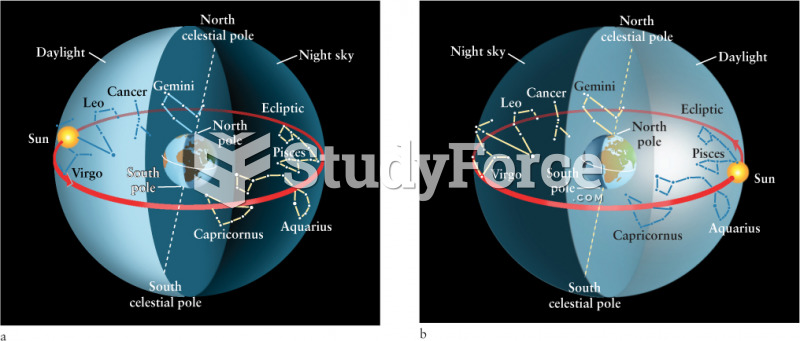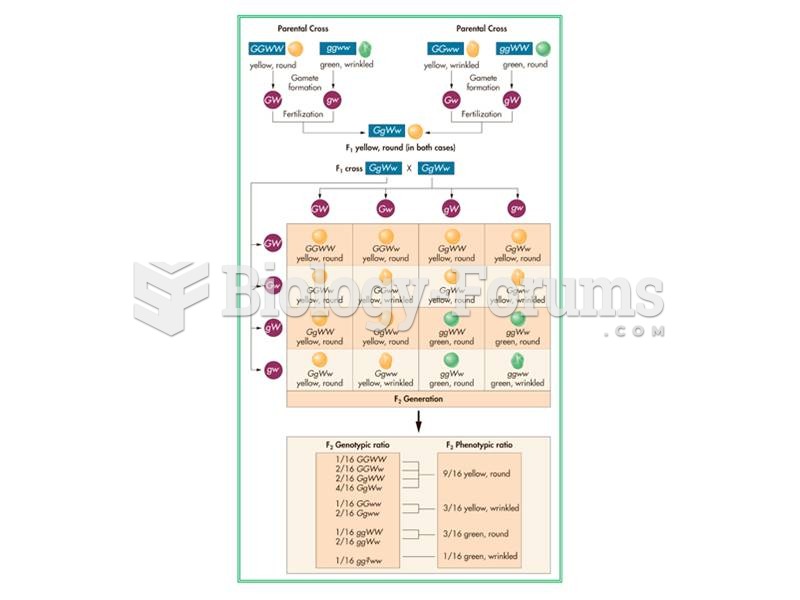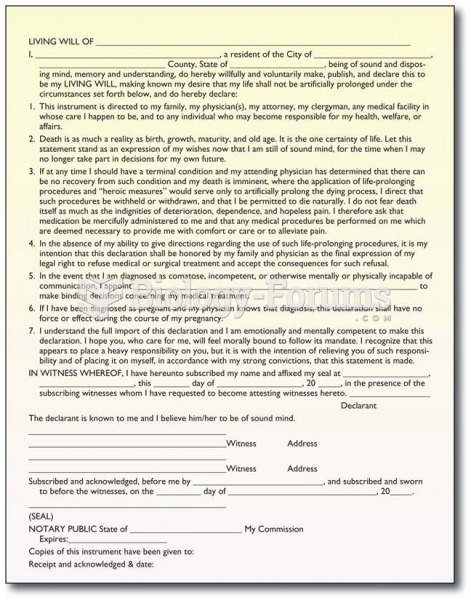Answer to Question 1
- Keep in mind the most common causes of falls in the elderly: age-related changes in mobility and reaction time; chronic conditions that lead to weakness and fatigue; weakness and immobility due to prolonged bedrest or restricted activity; and environmental factors. Precautions against falls may include
o Maintaining an uncluttered environment
o Reorienting patient and allowing ample time for patient to become accustomed to changes in the living environment
o Providing safety measures to prevent injury while ambulating or moving, for example, handrails in rooms and along hallways; access to wheelchairs and walkers; and staff support
o Assuring compliance with prescribed medical regimen and observing and reporting abnormal responses to treatments
o Encouraging a regular routine of exercise and activity
b.
- Factors in this patient that may cause an increased risk of depression: recent change in health status (hip fracture); loss of independent living situation; changing role/relationship with daughter; change in emotional and social support system.
- Monitoring for signs of depression would include assessment for symptoms of fatigue, sadness, or sleep disturbances; withdrawal from social interaction; lack of energy; sad or flat affect; loss of interest or pleasure in usual activities; slow cognitive or psychomotor processes; feelings of worthlessness or guilt; inability to concentrate; and thoughts of or attempts at suicide.
Answer to Question 2
- Processing of sensory information (vision, hearing, taste, touch) is altered during the aging process. This may hinder older patients from gaining an accurate perception of their environment, which may contribute to their looking and feeling disoriented. Some specific age-related sensory changes include
o Slowing of brain and spinal cord processing of sensory information
o Decreased visual acuity and night vision
o Altered hearing due to damage to auditory receptors.
o Altered taste and olfactory sensations which can lead to weakness and fatigue
o Social isolation and loss of cognitive stimulation due to alterations in sensory function, especially hearing and vision
- In addition to sensory alterations, there is a gradual age-related decline in the ability to learn, store new memories, and speed of processing information and in hand-eye coordination. Rather than comparing this patient to a typical 35-year-old, however, a more useful clinical approach would be to compare the patient to his own level of neurological function at an earlier age. Family members, former coworkers, or friends can be helpful in identifying observed functional changes.
b.
- Health care professionals should try to establish the time period over which the observed neurological and behavioral changes occurred. If they developed suddenly (days to weeks) rather than gradually over time (months to years), the most likely causes of significant neurological or cognitive changes are disease processes rather than normal aging processes.
- Assessment and diagnostic tests should be targeted toward ruling out possible causes of the mental changes other than aging. Assessment of medication history, acute or chronic stressors, sleep patterns, fluid and electrolyte and acid-base status, complete blood count, cardiopulmonary function, and kidney function will help in discriminating age-related versus non-age-related changes. Imaging techniques such as computed tomography (CT scans) and magnetic resonance imaging (MRI) can help in identifying any changes in brain structures.







